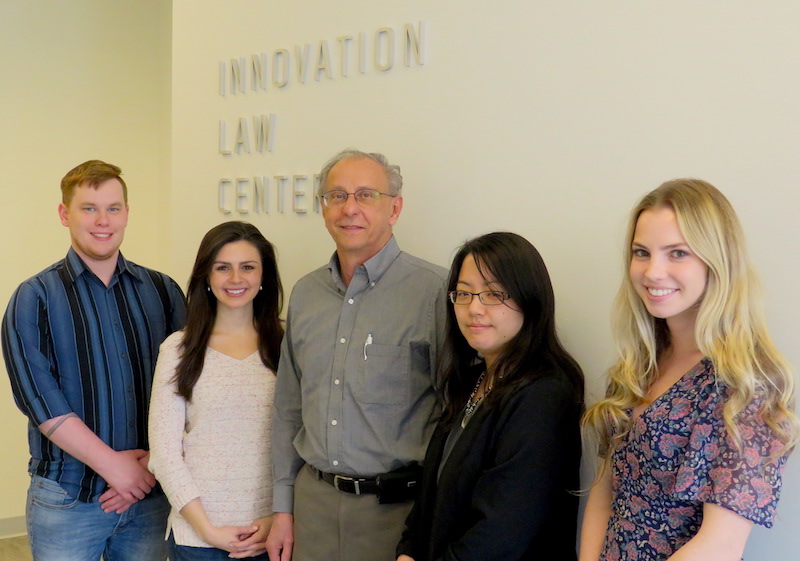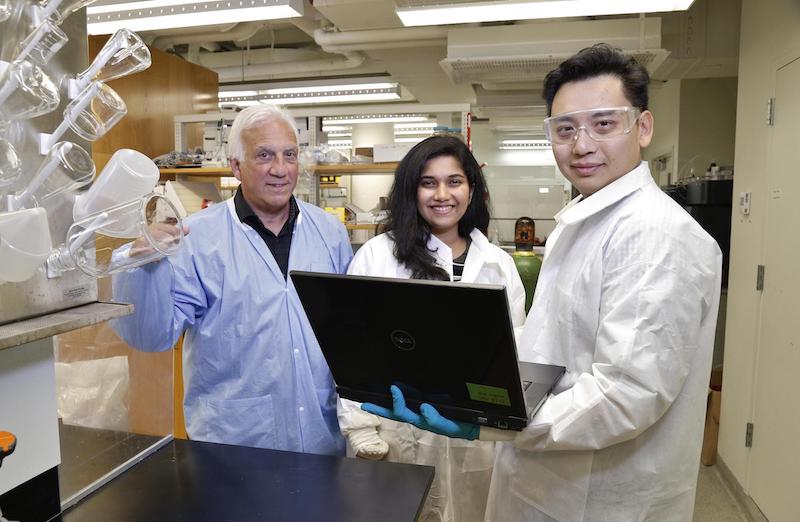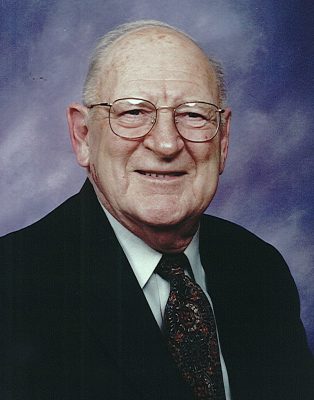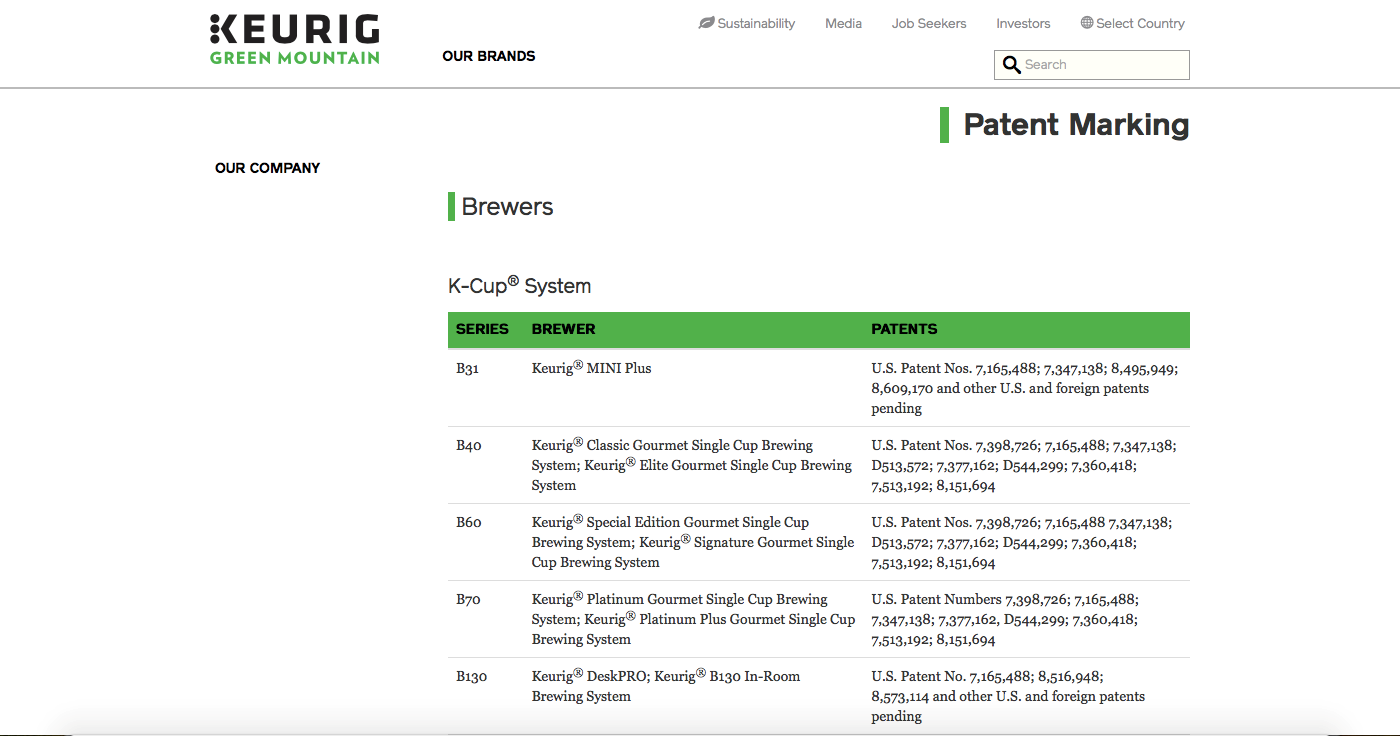
By Julia Scaglione
It’s 2019, and the world continues its rapid transformation. The physical earth itself changing in a time defined by environmental disruption, while exponential advancements in high tech are happening throughout the world. As the planet and technology undergo these developments, businesses—especially in the clean tech sector—must rapidly adapt to stay relevant or risk becoming extinct.
One clean tech company, however, has been designed specifically to embrace change and stay abreast of these constant transformations. Meet Pvilion, a client of the New York State Science and Technology Law Center (NYSSTLC), part of the Syracuse University College of Law’s Innovation Law Center.
Pvilion can be viewed as a change-expert. Its business model is built quite literally upon the concept of “flexibility”. The company specializes in solar products, but these are not your typical rigid rooftop panels. Pvilion designs and manufactures a flexible solar-powered fabric that can be used on any surface. Want a solar-powered backpack or jacket? Pvilion can make it. Or perhaps you’re thinking bigger—flexible solar panels on a boat cover, tent, or even stadium roof? That can be done at the hands of the Pvilion team.
Currently headquartered in Brooklyn, NY, Pvilion is not your standard DUMBO Brooklyn Community Laboratory startup. The company was born out of FTL, a business with nearly 25 years’ experience in advanced technology innovation. Specifically, FTL Solar—a subdivision of FTL—created the flexible solar cell technology that is the core of Pvilion’s business. Pvilion now operates as a small business led by co-founders CEO Colin Touhey, President Todd Dalland, and Vice President Robert Lerner. Although small in size, Pvilion’s operations—and its ambitions—are not miniscule in the slightest.
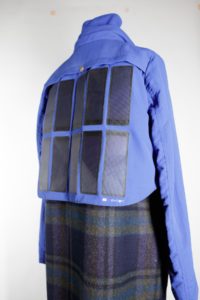
Pvilion works daily with subcontractors and industry experts to innovate its solar cell technology in new and creative ways. One such partner may seem an unusual fit for a solar energy company: fashion giant Tommy Hilfiger. Pvilion has collaborated with the famous brand to create jackets and bags with USB charging capabilities. The unique partnership demonstrates Pvilion’s opportunity to work across a spectrum of markets due to its one-of-a-kind, adaptable technology.
“Take a product like an umbrella,” Touhey says. “Solar cell manufacturers are trying to integrate their technology into the product, and umbrella companies are trying to add value to their product through working with cheap solar cell manufacturers.” In this and other cases, its novel technology places Pvilion in a rare market position, between companies scrapping at both ends of the value chain. Its custom fabric can enter as the happy medium between two ends of this economic spectrum. “Pvilion is in a unique position to be agnostic,” says Touhey, enjoying his position as a protagonist without many antagonists in the solar cell fabric game.
Looking toward the future, Pvilion aims to infiltrate new markets in addition to those they currently operate in. In order to optimize its penetration, the company has been working with the Innovation Law Center as a client of NYSSTLC. On behalf of NYSSTLC, faculty and students provide companies with assessments of their intellectual property, as well as market and regulatory landscapes, to promote the commercialization of new technologies.
Specifically, the students are helping Pvilion determine where to penetrate by providing—as part of its proprietary report—a comprehensive summary of different markets for their technology. The students are enabling Pvilion to make smart market decisions by using strategic, data-powered evaluation and streamlined quantitative analysis.
Backed by the student research, Pvilion hopes not only to find industry partners in new markets, thus expanding its current reach but also to optimize its current partnerships and grow its business in the markets it currently participates in. Discovering its full potential is the aim.
Touhey speaks on behalf of the Pvilion team when he says that they have a “grand vision for what the future of solar could be.” He adds, “We are thrilled about the new strategic market partnerships to come.”
So, as the physical and technological worlds continue to evolve and companies attempt to adapt, keep an eye out for Pvilion—perhaps on a new jacket, bag, or tent—the “flexible disruptors” of the renewable energy industry.
Julia Scaglione is Communications Assistant for the New York State Science and Technology Law Center and a B.S. in Public Relations candidate (2020) in the S.I. Newhouse School of Public Communications at Syracuse University.

